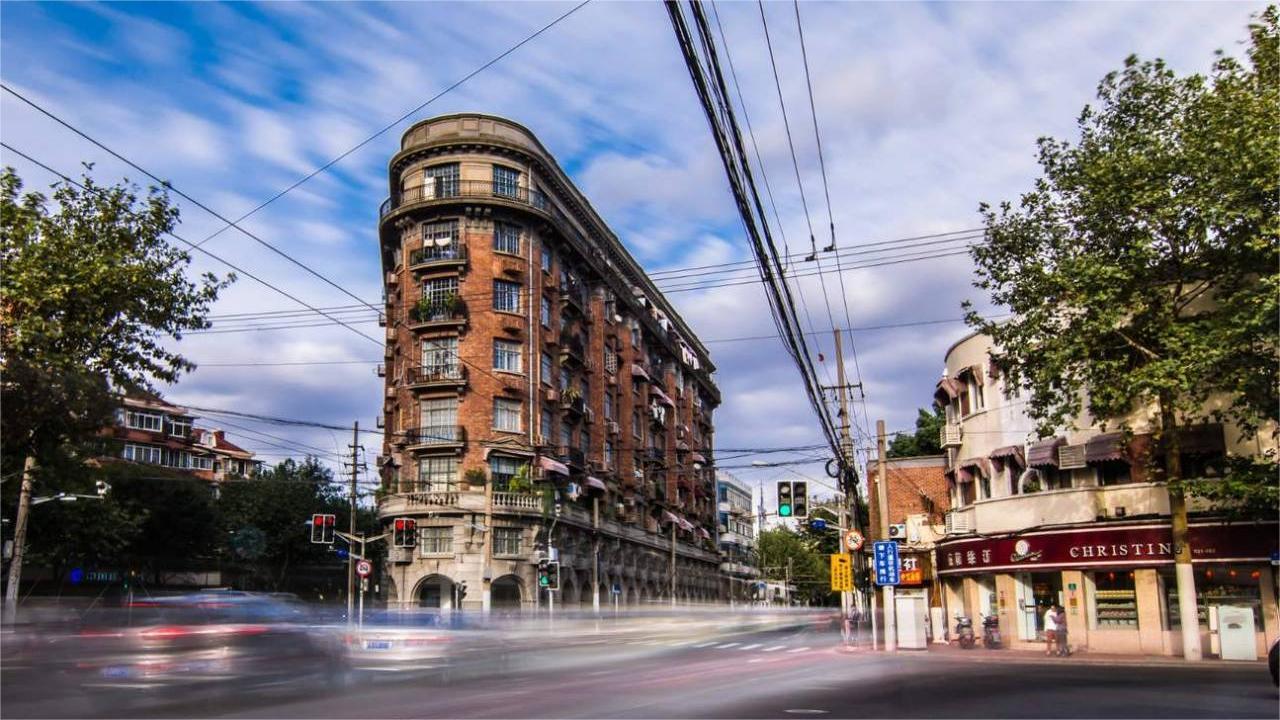The former French Concession in Shanghai is a historic district that reflects the city's colonial past and cultural diversity.

Origins: The French Concession was established in 1849 through negotiations between the French Consul and the Qing Dynasty, predating the Second Opium War (1856–1860). It was later expanded after the war due to the Treaty of Tientsin (1858), which formalized foreign extraterritorial rights.
Governance: Administered by the French Consulate, it had its own legal system, police force (Garde Municipale), and municipal services, distinct from Chinese rule. It became part of the Shanghai International Settlement in the 1920s, retaining partial autonomy.
Architecture: Known for French Renaissance, Art Deco, and hybrid styles, featuring wide boulevards, gardens, and landmarks like the Notre-Dame Cathedral of Shanghai (built 1870s–1880s) and the Sino-French University (now Fudan University).
Institutions: Included schools (e.g., École Municipale de Pékin), hospitals, and churches, promoting French culture and education. The Jiangnan Arsenal (nearby) was a major industrial hub during the Self-Strengthening Movement.
Historical Role
- Economic and Social Hub: A center for trade, missionary work, and intellectual activity. It attracted expatriates, revolutionaries, and artists, playing a role in China's modernization movements.
- End of Extraterritoriality: After WWII (1943), China regained control, and the concessions were officially dissolved in 1949 with the PRC's establishment.
Modern Preservation
- Tourism and Culture: Today part of Huangpu District, it is a UNESCO-listed historic area with restored buildings, trendy boutiques, and eateries. The M50 Creative Park (formerly a munitions factory) and Xintiandi mixed-use zone highlight its blend of old and new.
- Cultural Significance: Symbolizes Shanghai's multicultural heritage and urban transformation, offering insights into colonial history and China's rise as a global city.
Key Landmarks
- Notre-Dame Cathedral: A Gothic masterpiece overlooking the Huang浦 River.
- Place du Consulat: Historic square with colonial-era buildings.
- Shanghai French Cable Station: A remnant of early telecommunications infrastructure.
The French Concession remains a vibrant testament to Shanghai's layered past, appealing to historians, architects, and visitors alike. Its preservation underscores the city’s commitment to honoring its complex history while embracing modernity.


